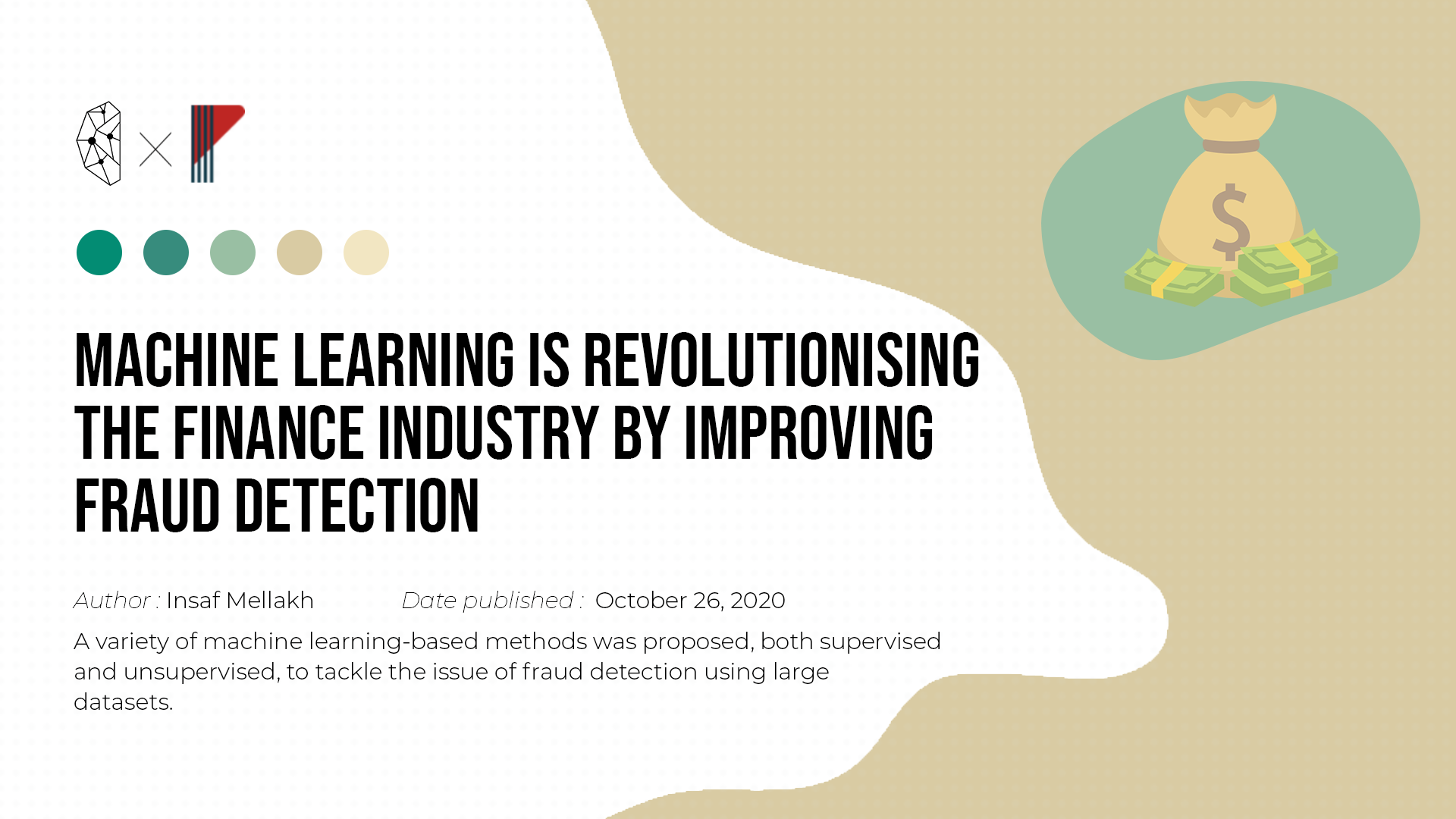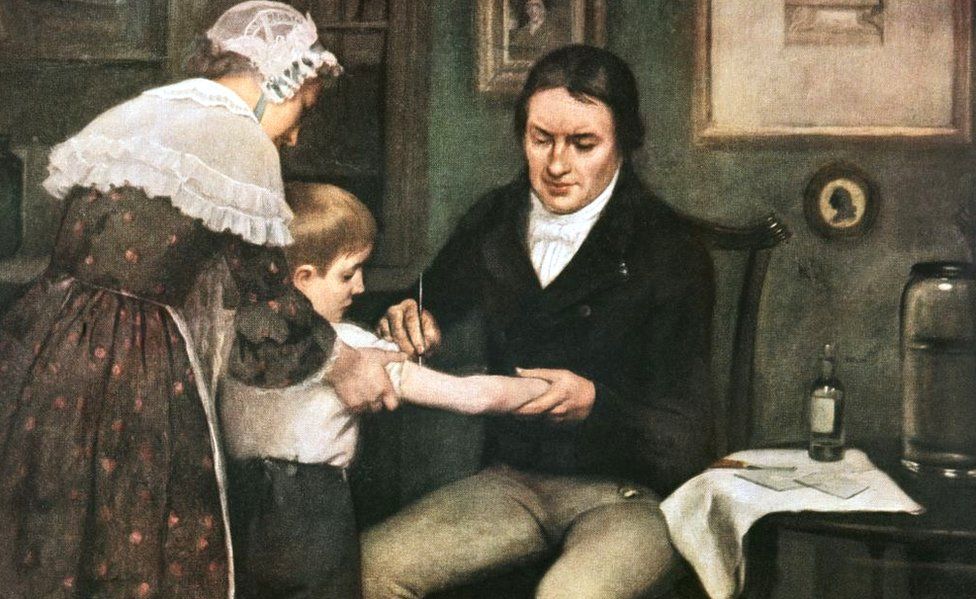In this age of digital technology, fraud techniques are getting more sophisticated every day and the magnitude of financial fraud, especially, is becoming wide-ranging. A very recent study done by FICO found that 4 out of 5 banks in their survey have experienced an increase in fraud activities and this is expected to rise in the future.
Before diving deeper in the problem, let’s take a brief definition of financial fraud. It is mainly a crime of deceiving people in their financial transactions, aiming to produce financial gain for a business or an individual.
Whether you’re practicing identity theft, or attempting to take funds or other assets from a financial institution or from its customers, you are making a fraudulent transaction.
Due to increasing fraudulent transactions taking place through credit cards every day, business organizations are losing up to 5% of their revenues. A 5% fraud may not sound a lot, but in monetary terms, it is non-trivial. In fact, the firm will not only have direct financial loss but inaction will also generate a loss of market confidence.
In the past, in order to face these problems, the standard practice was to use the “Rule-based approach”. These solutions were deployed in SQL or C/C++ and it’s rather a long process that fails to treat the new techniques criminals use in fraud, and results in a high number of false positives(the machine is likely to block a lot of genuine customers). Moreover, as the firms grow bigger, trying to make some updates to the code led sometimes to the breaking of the entire codebase. We can say that this technique was able to only partially and slowly mitigate the problem.
In the same context, Companies were fed up of these inefficient solutions that didn’t prevent losses. As a result, they decided to bring in data scientists in order to rescue them out of losses. And that’s where Machine Learning interferes.
A variety of machine learning-based methods was proposed, both supervised and unsupervised, to tackle the issue of fraud detection using large datasets.
The supervised approaches treat the problem as a classification one. They rely on explicit transaction labels: ML engineers show machines, repeatedly, what genuine transactions look like during training to be able to distinguish the fraudulent ones later. Observations are classified as “fraud” or “non-fraud” based on the features in those observations.
Concerning unsupervised models, they are trained on unlabeled datasets to capture normal data distribution. And then, when given a new data instance, they try to determine whether the sample is legitimate or suspicious, based on the patterns and structures they derived.
The machine learning model being chosen, depending on the severity of the discovered “fraud-like” patterns, a transaction can be allowed, blocked or handed over for a manual review. This process called data scoring is done in milliseconds.
During a manual review, if a fraud detection team member marks the suspicious transaction as a legitimate one (false positive), Machine Learning model will take this information into account to make a better, more accurate decision next time. It means that the machine’s efficiency is increasing by time.
Thanks to Machine Learning, fraudulent activities were spotted most of the time and the process is very fast, scalable, efficient and more accurate than previous approaches. It’s now clear that Artificial Intelligence provides risk managers with a more powerful tool to do their job!
Unfortunately, Fraud cannot be completely eradicated for there will always be people with bad intentions. However, we’re hoping that by the reinforcement of financial systems with AI fraud detection tools, it will become significantly more difficult for fraudsters to make their “art”. With each new fraud technique, a new vision from the machine is born, improving its way of detecting suspicious patterns. And this is one of the best things machine learning can offer : it’s called Model upgrading and it means that just like in real life, where humans constantly improve their intellectual capabilities, models are doing the same.
Resources:
Machine learning for fraud detection
A Beginner’s Guide to Machine Learning in payment fraud detection
Fraud detection: the problem, solutions and tools
Solving Financial Fraud Detection with Machine Learning Methods






Share your thoughts